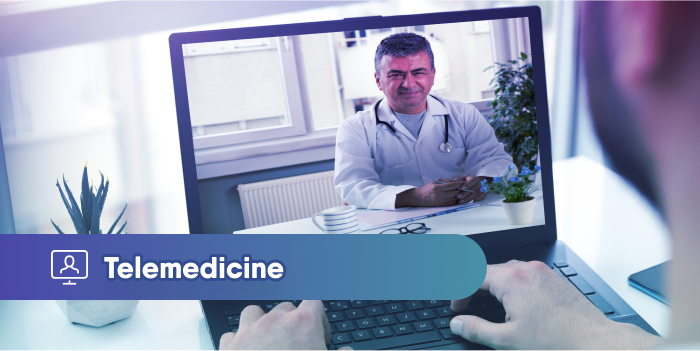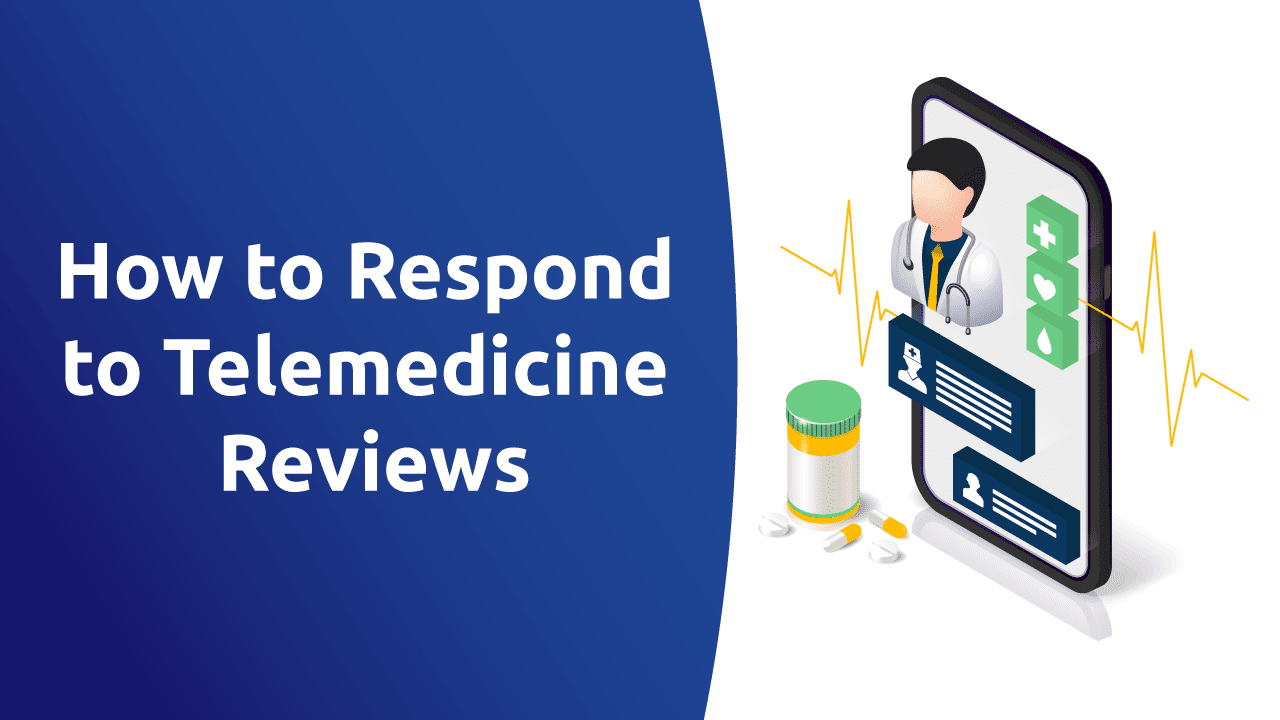Embracing Telemedicine: Changing Health Care Delivery for a Modern Globe
The landscape of health care shipment is undergoing a substantial change pushed by technological innovations, with telemedicine becoming a pivotal part in this change. As we browse a period characterized by quick digitalization and developing person demands, the combination of telemedicine into standard healthcare techniques provides an engaging recommendation. This innovative strategy not only holds the assurance of enhancing access to care however also stands to change the dynamics of patient-provider communications. In checking out the implications and details of embracing telemedicine, a nuanced understanding of its complex influence on healthcare distribution in the modern globe ends up being essential.
The Evolution of Telemedicine
Telemedicine has actually gone through significant evolution over the past couple of years, changing the landscape of healthcare distribution. Initially conceived to connect the space in between healthcare companies and clients in remote locations, telemedicine has now broadened its reach to supply a variety of clinical services through technological improvements.
In the early phases, telemedicine largely entailed appointments using telephone or video conferencing. With the expansion of digital devices and platforms, healthcare experts can now remotely keep track of crucial signs, conduct virtual examinations, and also execute particular clinical treatments. This shift towards more extensive virtual care has actually changed the means health care is provided, making it a lot more convenient and obtainable for patients.
In addition, the integration of electronic health and wellness documents (EHRs) and telemedicine has actually boosted coordination among healthcare teams, leading to more collaborative and efficient individual care. Telemedicine reviews. With the continuous improvements in synthetic knowledge and remote tracking devices, telemedicine is positioned to continue developing, providing cutting-edge services to enhance health care results internationally

Advantages of Telemedicine Adoption
As the use of telemedicine has increased to incorporate a wider spectrum of technical abilities and medical solutions, the benefits of its fostering in modern-day health care shipment have become significantly obvious. Among the key advantages of telemedicine is boosted accessibility to health care services, specifically for individuals in remote or underserved locations. Clients can currently speak with healthcare companies without the need for prolonged travel, reducing both time and price obstacles. Furthermore, telemedicine improves convenience for clients by allowing them to arrange visits at times that match their schedules, advertising much better adherence to treatment strategies.
Additionally, telemedicine can cause enhanced health and wellness results with improved treatment sychronisation. With the capability to conveniently share clinical records and work together with professionals, health care carriers can use even more thorough and timely treatment. This structured method can result in faster medical diagnoses, minimized health center admissions, and better management of persistent problems. Additionally, telemedicine can assist ease stress on traditional health care systems by minimizing congestion in medical facilities and clinics, eventually enhancing total efficiency and client fulfillment.
Conquering Telemedicine Challenges
Addressing the barriers inherent in integrating telemedicine into existing medical care systems provides an important yet surmountable challenge for doctor worldwide. One significant hurdle is the resistance to alter among both medical care experts and people. Convincing conventional medical care providers to embrace telemedicine calls for extensive training programs and constant assistance to make sure seamless assimilation. Patients may be reluctant to accept virtual consultations due to issues a knockout post regarding the top quality of care or an absence of knowledge with the technology.
Additionally, governing obstacles and compensation constraints present considerable difficulties to the widespread execution of telemedicine. Numerous state and nation guidelines pertaining to telemedicine techniques produce an intricate setting for companies to navigate. Compensation plans that do not properly compensate for telemedicine services can prevent health care organizations from purchasing this ingenious strategy to care distribution.

Enhancing Patient-Provider Communication
Browsing the landscape of telemedicine challenges lights up the critical need for enhancing patient-provider communication in modern-day health care distribution systems - Telemedicine reviews. Effective communication lies at the heart of high quality medical care provision, and in the realm of telemedicine, where physical hints might be restricted, clear and empathetic communication ends up being much more paramount
Enhancing patient-provider interaction in telemedicine includes numerous methods. Establishing connection and depend on via energetic listening and compassion can assist promote a strong patient-provider connection. Making use of secure messaging systems or teleconferencing tools can help with hassle-free and routine interaction in between people and carriers. Supplying clear directions, setting practical expectations, and guaranteeing open lines of interaction for follow-up questions can enhance the total individual experience in telemedicine.
Future Trends in Telemedicine
Anticipating the development of telemedicine, improvements in innovation and medical care delivery systems are leading the means for cutting-edge approaches to client treatment. One of the future trends in telemedicine is the assimilation of expert system (AI) and equipment knowing algorithms to improve analysis capabilities. AI can evaluate huge quantities of client data swiftly, assisting health care carriers in making much more exact medical diagnoses and therapy decisions. Furthermore, using online reality (VIRTUAL REALITY) and enhanced fact (AR) in telemedicine is getting energy. These technologies can create immersive experiences for both patients and suppliers, helping with digital consultations and clinical training simulations.
Additionally, the expansion of telemedicine solutions to underserved country and remote areas is a critical pattern. By leveraging telemedicine, doctor can reach clients in remote locations, enhancing access to high you could check here quality treatment. Another fad is the ongoing development of remote tracking gadgets and wearable technology, permitting real-time monitoring of person health and wellness metrics from a distance. These advancements in telemedicine hold excellent assurance for transforming healthcare shipment and boosting patient outcomes in the future.
Final Thought
Finally, telemedicine has actually transformed healthcare distribution by improving accessibility to care, raising performance, and boosting individual end results. Despite challenges, the benefits of telemedicine adoption are clear, leading the means for much better patient-provider communication and future developments in medical care. As innovation continues to progress, telemedicine will certainly play an essential role in transforming healthcare distribution for a contemporary world.

Expecting the evolution of telemedicine, improvements in modern technology and medical care distribution systems are paving the means for innovative techniques to patient treatment. These innovations in telemedicine hold terrific pledge for transforming medical care shipment and improving client results in the future.
In conclusion, telemedicine has actually transformed healthcare distribution by boosting accessibility to care, enhancing effectiveness, and improving person results.